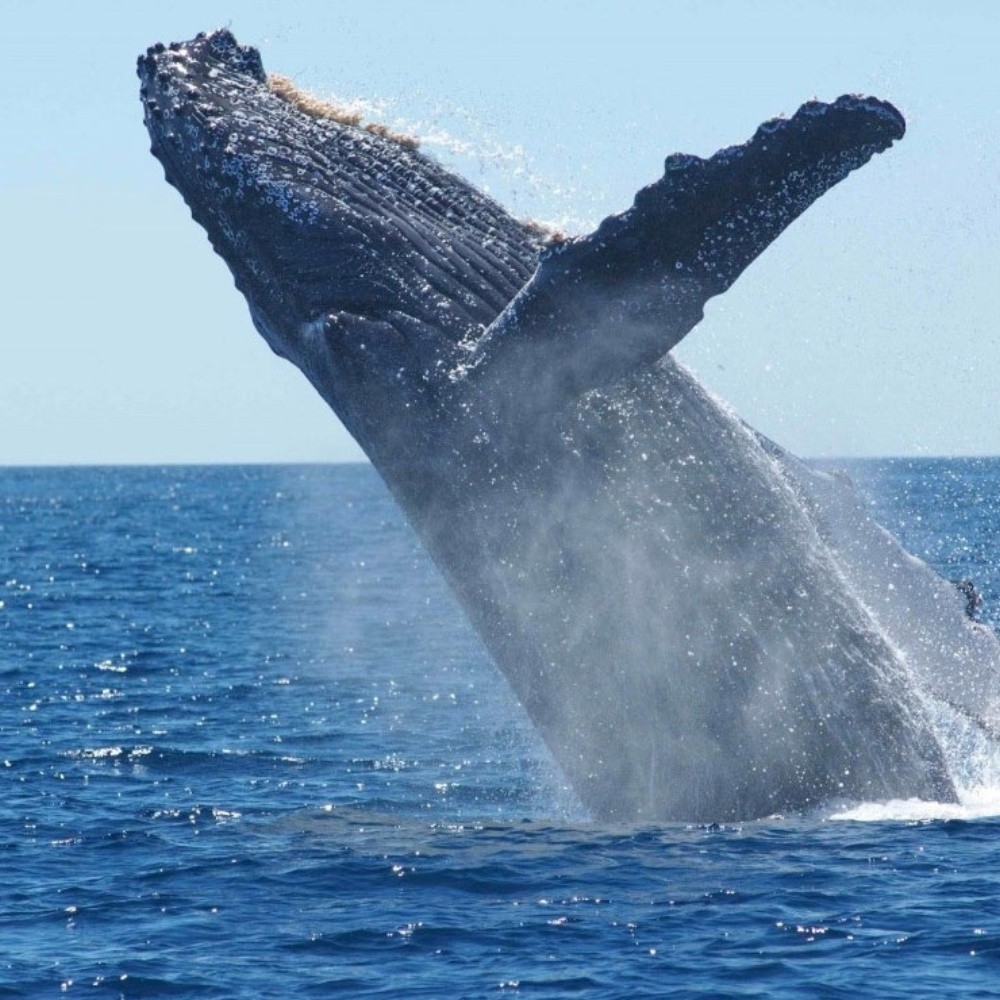
The Gulf of California, also known as the Sea of Cortez or as the ‘Aquarium of the World’, is one of the most important sites in the Mexican Pacific in terms of the marine life that inhabits this space. An important part of this microcosm is the presence of the gray whale. These huge cetaceans spend long months in the Gulf of California, some types of whales live all year round in these waters. According to the Ministry of Environment and Natural Resources (Semarnat), the Sea of Cortez is inhabited by several types of these ocean giants. The agency points out that in the Gulf of California there are notable concentrations of fin whales, blue whales, Bryde whales, humpback whales, sperm whales and other whales that reside throughout the year or visit these waters seasonally. However, there are activities that can disturb whales, such as the episode of a cetacean falling on a boat in Topolobampo, Sinaloa. And it is that the so-called observation tourism is completely linked to the presence of the gray whale in the Gulf of California. In the case of the gray whale, the best months of observation in the Sea of Cortez go from December to March. According to Semarnat documents, there are 11 species of cetaceans that are affected by collisions with boats, among them are the right whale, the blue whale, the humpback whale, the gray whale, the fin whale and the sperm whale. Since 1940 there are records of whale watching activities in the Gulf of California, both for scientific, educational or recreational purposes, although it is basically related more to companies or commercial businesses that sell the experience of sighting. The Sea of Cortez is recognized worldwide as a microcosm of the tropical and temperate Pacific Ocean, with an abundance of pelagic and coastal species, some migratory and others not. However, researchers have warned about how human activities, such as observation tourism, can disturb these spaces where whales live. The Gulf of California has served as a natural laboratory for the exploration and training of some of Mexico’s most renowned marine scientists, as well as many from the United States and elsewhere on the planet. Therefore, the importance of its preservation. You may be interested: Despite its enormous importance, Semarnat has pointed out that the biological wealth of the Gulf of California is at increasing risk as the effect of human activities in these waters increases.
Original source in Spanish
"El reclamo puede ser genuino, pero construido sobre una mentira", apuntó el presidente Javier Milei…
El gobernador de la provincia de Buenos Aires, Axel Kicillof, encabezó un acto en Ensenada…
El diputado nacional de La Libertad Avanza, José Luis Espert, expresó su confianza en la…
Tras la masiva reaparición de Cristina Fernández de Kirchner, el presidente Javier Milei apuntó contra…
El principal propósito de la nueva comisión es evaluar los recursos humanos en el Senado,…
En una medida que busca redefinir las condiciones de los seguros de automóviles en Argentina,…
Esta web usa cookies.